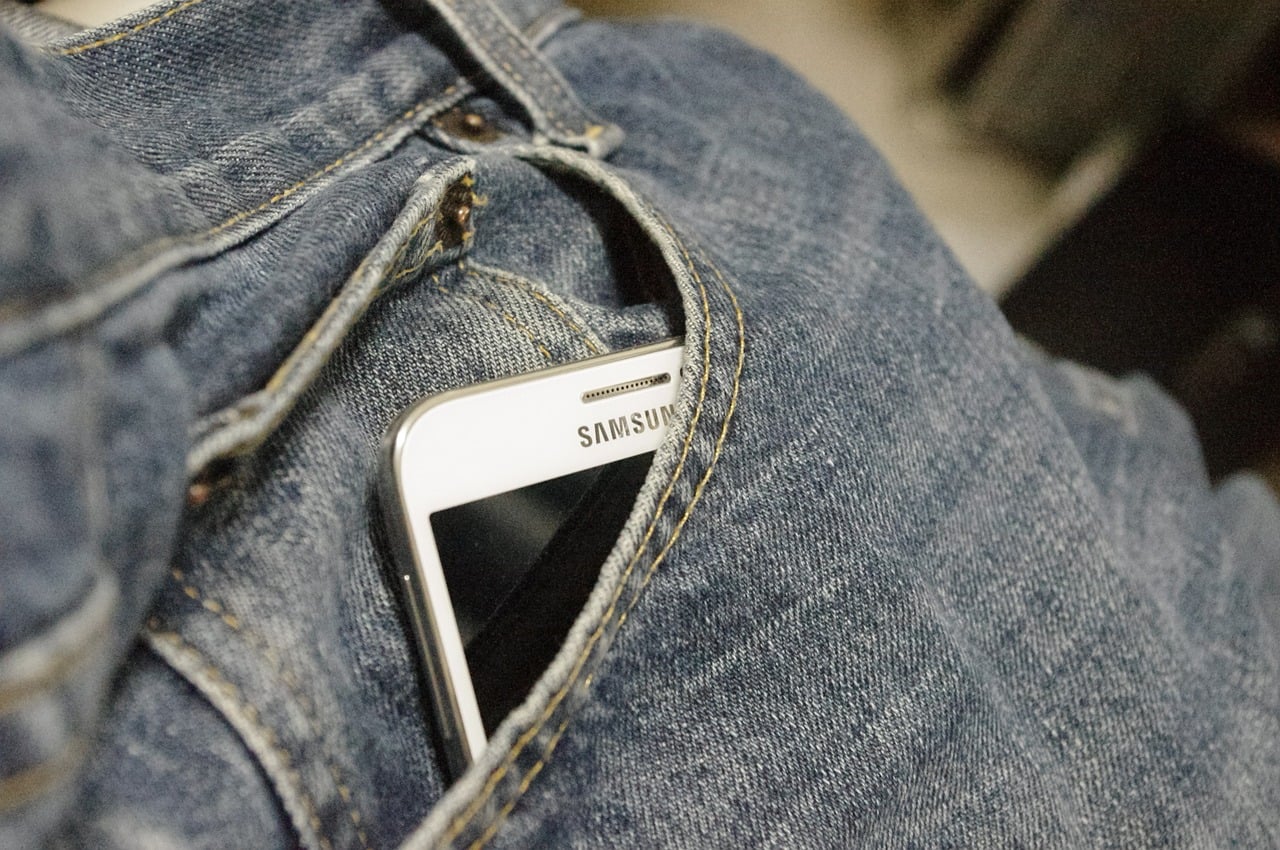Samsung has been working tirelessly on a full-screen phone without a notch. The Korean firm earlier introduced technology to fit the selfie camera inside the display. Now it appears the company aims to do the same with the external speakers via its new Sound on Display (SoD) technology.
How the SoD technology works
According to the Economic Times of Korea, Samsung Display will showcase the Sound on Display technology at CES 2019. Samsung talked about the technology at its OLED Forum in China a few months ago. In May, the company demonstrated the technology on a smartphone featuring a 6.22-inch display with 2960 x 1440 resolution.
Samsung’s Sound on Display technology uses piezoelectric actuators which are connected directly to the screen, which then works as the speaker’s diaphragm. The technology can be used on a wide surface of the display panel. Moreover, it would give the effect of 3-dimensional sound with greater directionality. It could also help make waterproofing devices easier. The technology is better suited for OLED screens than LCDs. It is not known if SoD screens could come with punch holes, a new trend we’ve started to see in smartphones.
Sound on Display technology is not a new thing
Using a display as a speaker is not a new concept. Xiaomi was the first to use this technology in the Mi Mix, which featured a piezoelectric speaker beneath the screen. Vivo used the same tech to achieve a nearly bezel-less screen on the NEX S.
Samsung could showcase SoD displays for smartphones and TVs at CES. Products using this technology will likely go on sale some time next year, but it probably won’t be ready for use in Samsung’s flagship phones slated for release in the first quarter of the year. Hopefully we will see it in the Galaxy Note 10, which is expected to be released in the second half of the year.
Samsung is not the only company working on such a display technology. LG already showcased a similar technology on an OLED TV at CES last year. LG is now reportedly developing such screens for notebooks, monitors and smartphones. Several Chinese manufacturers are also working on the same technology and could show their products at CES, which is set for Jan. 8-12 in Las Vegas.
Galaxy S10 may come with camera animation
Samsung’s Galaxy S10 is currently the most-anticipated smartphone. If recent reports are to be believed, then it could come with plenty of new features like an in-display fingerprint sensor and Infinity-O Display panel which houses a selfie camera beneath the screen.
Now a new rumor claims the handset could come with the same selfie camera animation which debuted in the Galaxy A8s. The camera animation could include effects like a glowing camera ring when the sensor recognizes facial features. The same effect could also be visible when the camera activates.
In addition to the camera animation, the S10 is also expected to feature a swipe gesture to trigger the selfie camera. Users may be able to use the swipe gesture from the lock screen, and swiping down from the front-facing camera is expected to launch the preloaded camera app.
It must be noted that the illuminated camera ring and swipe gesture support is already available on the Galaxy A8s. If the same features come to the S10, we can expect some additions to them.
Additionally, new code discovered inside Android Pie suggests the S10 could come with support for 3D facial recognition. Although the current Galaxy models already support facial recognition, it is less secure than Apple’s Face ID. Samsung’s facial recognition currently relies on a 2D map of a user’s face, and thus, it can be easily fooled.
Now XDA Developers reports that it has found code for Time of Flight cameras inside Android Pie. This technology is used with 3D mapping and helps differentiate between a 2D and 3D face. Such a feature from Samsung must not come as a surprise, considering the fact that the Korean firm has recently been focused on boosting the reliability and security of its devices.





